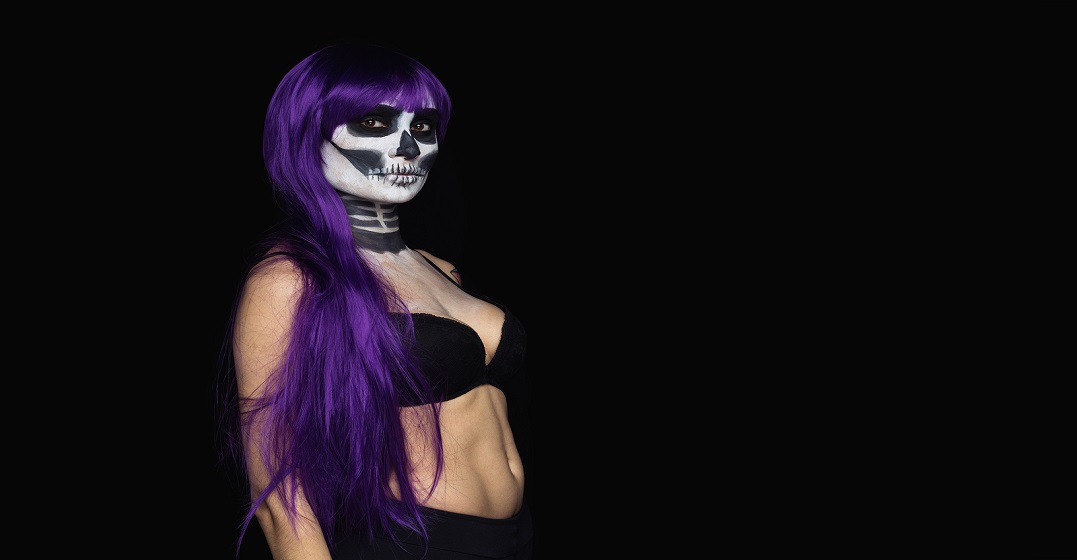How to Celebrate el Día de Muertos
Published on October 29, 2015 / Updated on November 8, 2022
While the English-speaking world celebrates Halloween yearly on the last day of October, the appeal of its Mexican counterpart Día de Muertos is stronger than ever. Nowadays, it is celebrated not only in Mexico but also all over the world in places or regions which are home to a strong Hispanic community.
Find out more about this fascinating tradition with our guide to celebrating el Día de Muertos.

According to historians, rituals linked to Día de los Muertos date back 2,500 to 3,000 years. These celebrations developed from ancient traditions and indigenous rites but first received attention outside of these communities when the Spanish Conquistadors landed in Central America about 500 years ago. Contrary to other cultural traditions honoring the dead, el Día de Muertos is meant to be a joyful celebration.
November 1st honors the passing of infants and children and is called Día de los Inocentes (“Day of the Innocents”) while the following day, November 2nd, is dedicated to adults who have passed away and is the actual Día de los Muertos (“Day of the Dead”).

On these days, Mexican families and friends make their ways to cemeteries where they decorate the graves and headstones with colorful objects, food and drinks. For example, tequila is often placed on the grave of adults while deceased children’s graves are decorated with toys. Food include pan de muerto, a traditional bread that is baked for the occasion, and candied pumpkin.
Graves are also decorated with marigold, which is the traditional flower associated with the Day of the Dead celebrations, its beautiful yellow and orange color helping make this ritual even joyful.
Sometimes people build altars in their home and place similar offerings to honor the dead.

A famous figure of the Day of the Dead celebration is La Calavera Catrina. She was first represented in illustrations by famous Mexican illustrator José Guadalupe Posada in the early 1910s. She is depicted as a female skeleton wearing clothes reminiscent of what upper class European women wore back then. Catrina was originally meant to be a satirical portrayal of the way Mexican natives aspired to be more European in their style and behavior.
Catrina has become a symbol for the Day of the Dead celebrations because the way she was depicted, both dead and frivolous, was a way to represent the joy of life despite its inevitable end as well as the fact that Mexicans are willing to laugh at death itself and celebrate it in a positive way.

